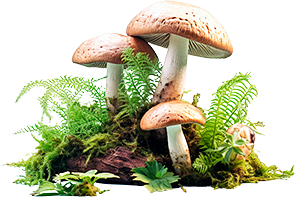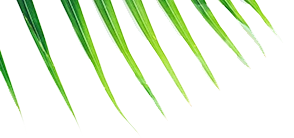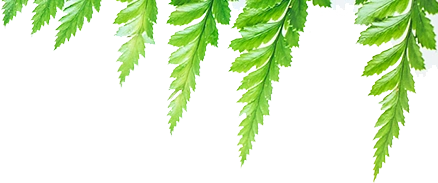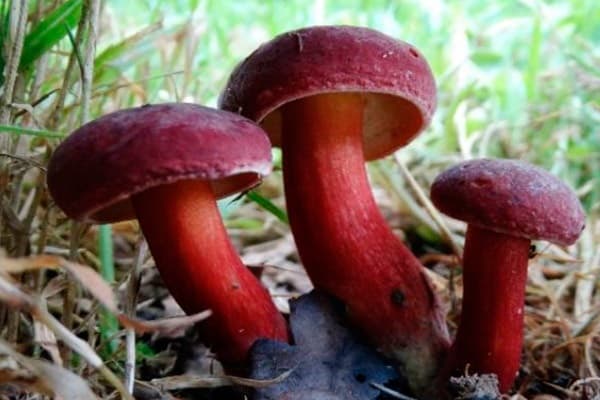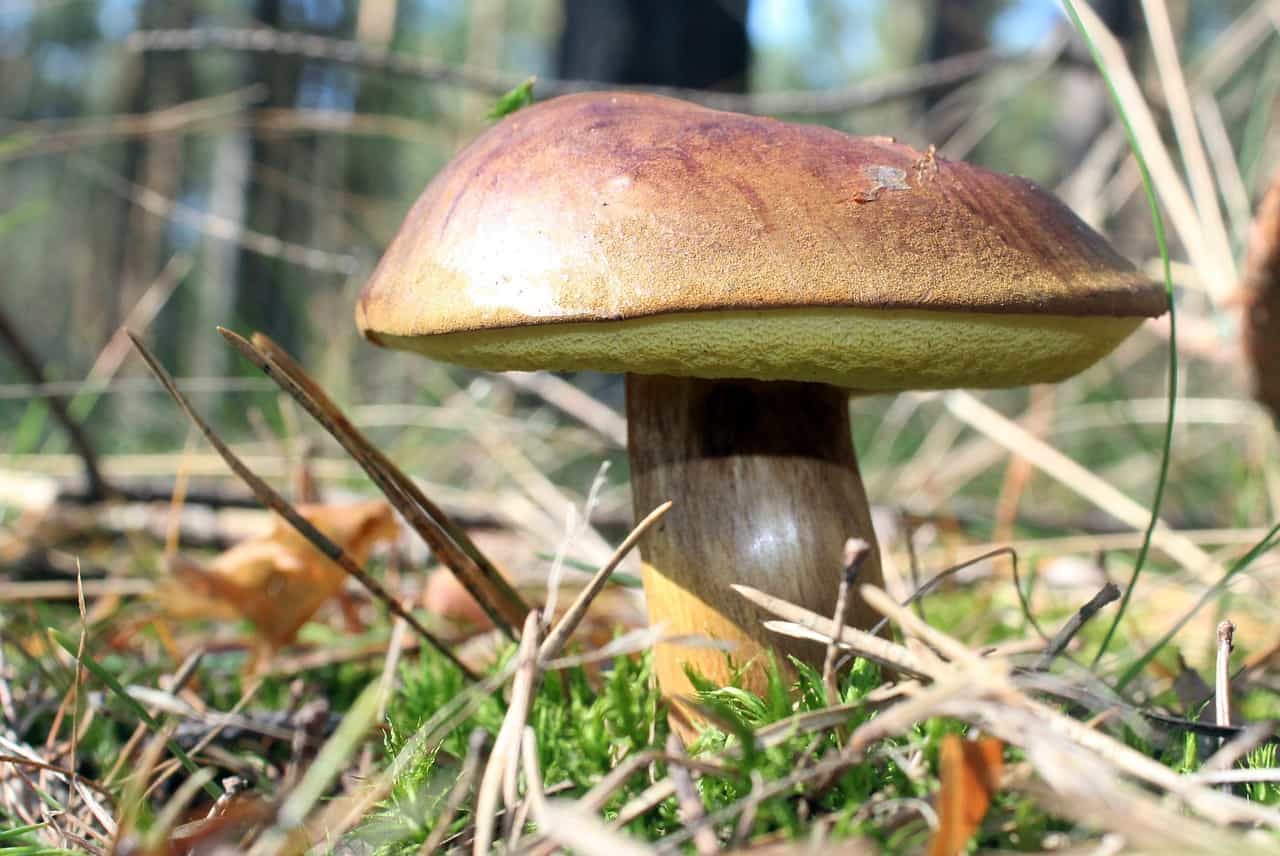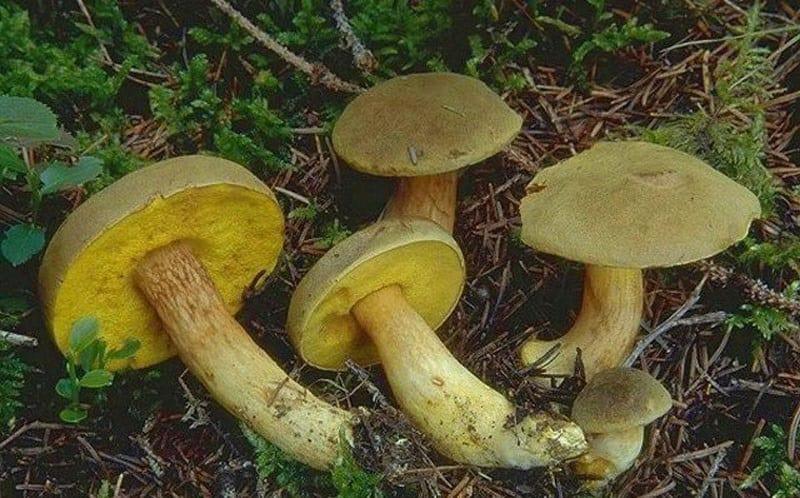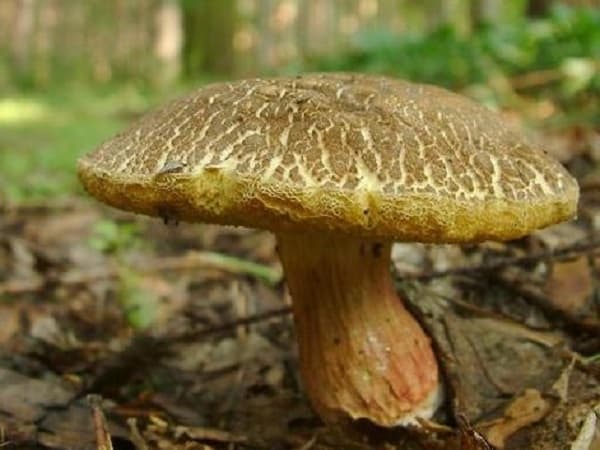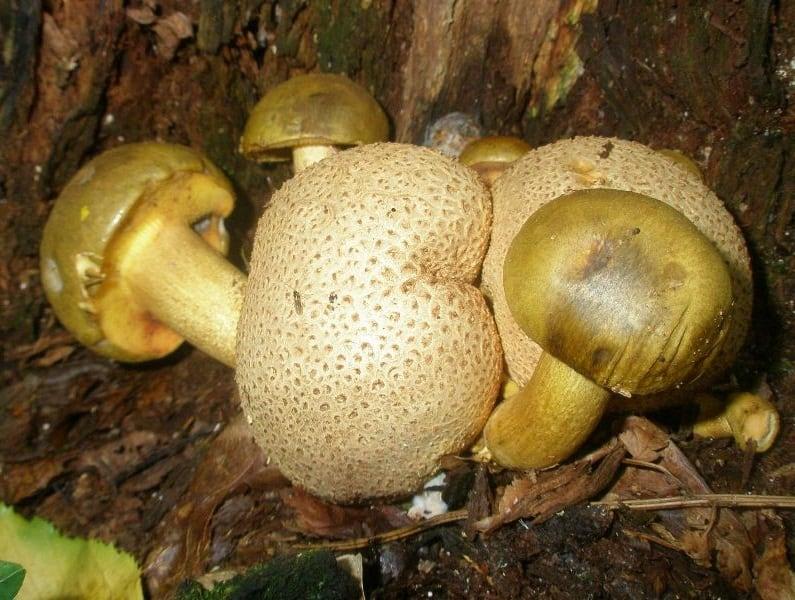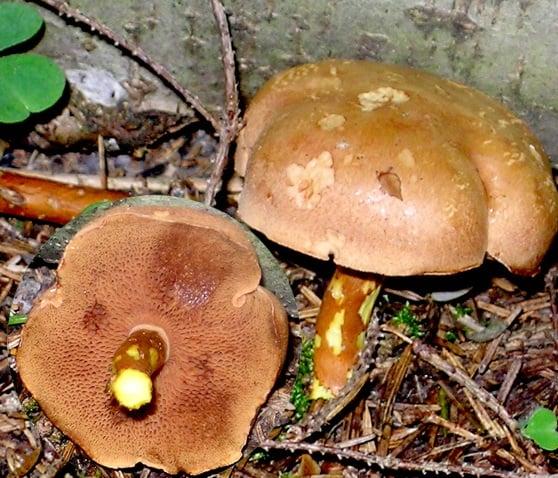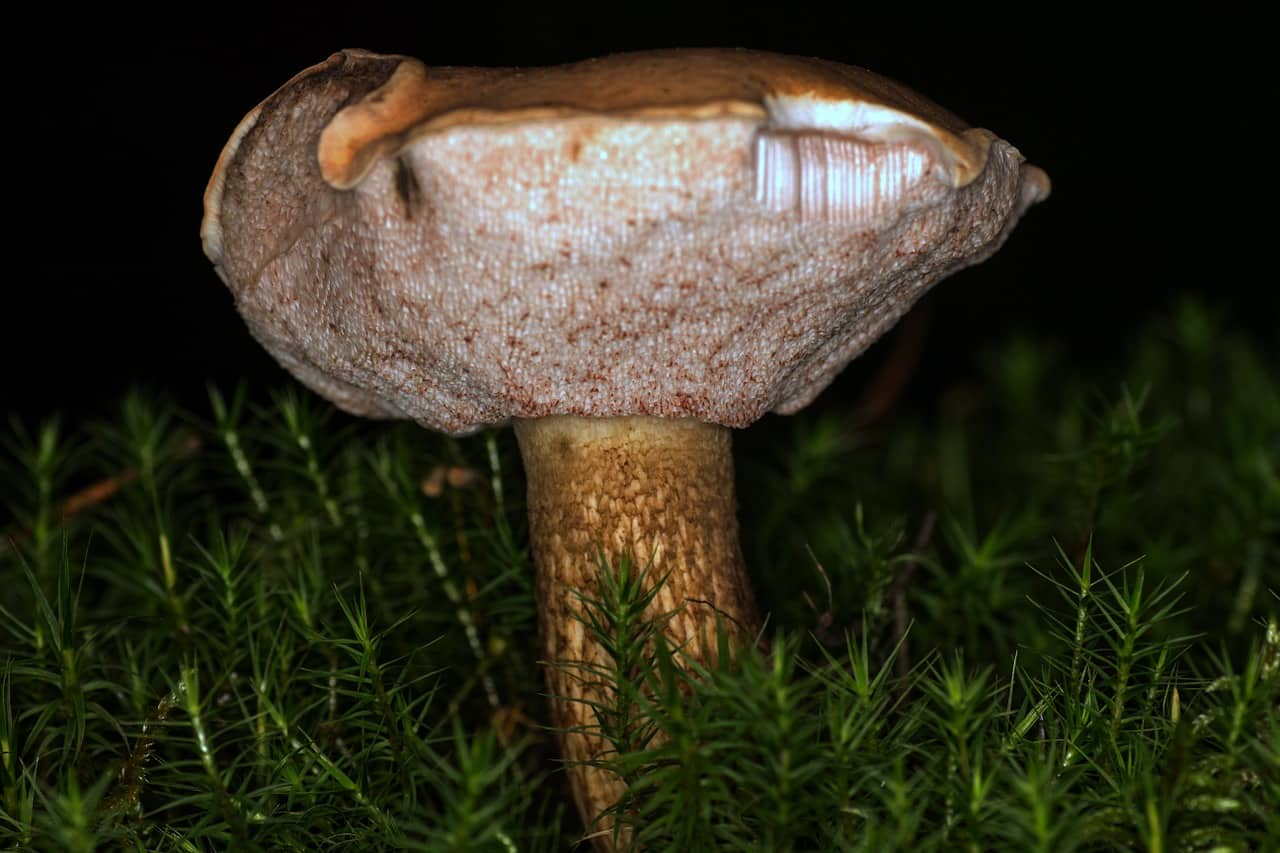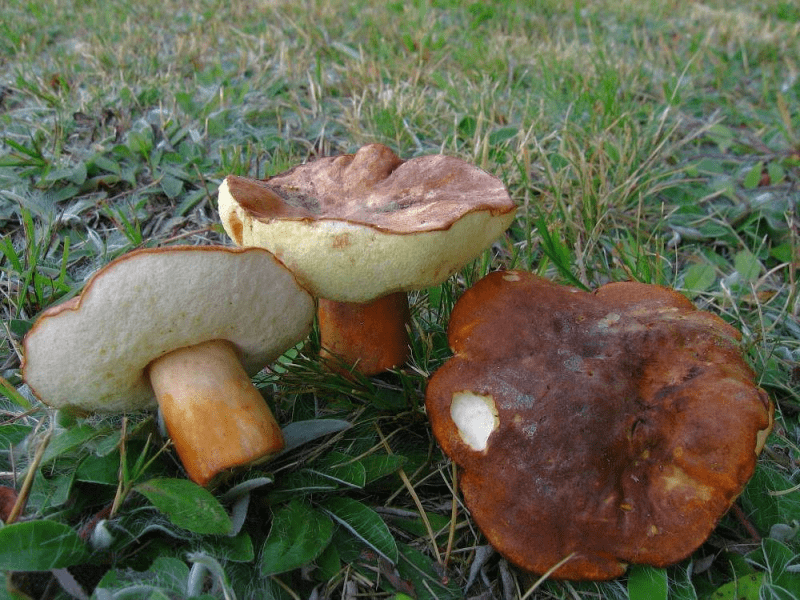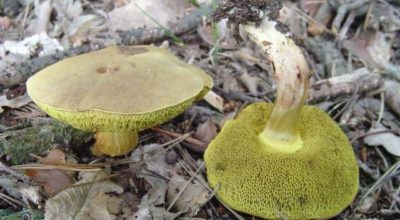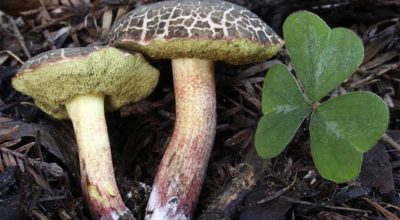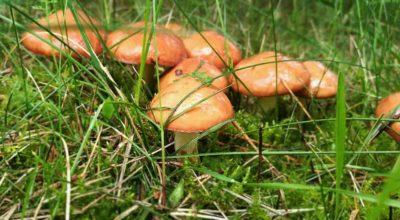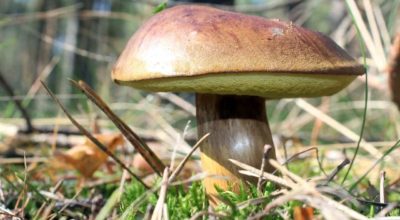Polish mushroom and other edible mosses are popular among mushroom pickers due to their long fruiting season. In the forests there are mossy false and edible, Photo in an article with a detailed description will help a beginner learn to distinguish them and not make mistakes when collecting.
Mokhovik - a genus of tubular mushrooms. The name of the genus occurred due to that, that his representatives are often growing among the moss. The main distinguishing property of edible mosses – pulp with a yellow shade on the cut blue. There are no poisonous doubles, but with some conditionally sedentary and inedible mushrooms, they can be confused.
Content
Species diversity and description of mossy
You can recognize edible mosses according to the description: They have a convex hat before 10 cm in diameter, which with the growth of the fruit body is flattened, velvety to the touch.
Color depends on the type:
- Red. Brown or raspberry color. Tubular layer - yellow, Sometimes with olive tint.
- Polish. Brown-brown, dark brown or chocolate-brown color.
- Green. The fruit body of yellow-olive.
- Cracking or colorful. Burgundy or brown hat, covered with small cracks, Sometimes with a pink tint. The leg is light yellow with a red base, White or cream pulp.
How to distinguish a false moss from the present
There are many varieties of mushrooms, who are similar to real representatives of the genus. They are called false, They are little edible, But not poisonous. Varieties, The following:
To figure it out, how to distinguish a false moss from the edible will use the description and photos.
Mokhovik is parasite
For recognition, use photos and description in the guide of mushrooms. Fruit bodies of the mossy parasitic parasitic, The diameter of the mushroom hat 2-7 cm. She is convex, Its surface is velvety, Oily, yellow, nut or ocher brown.
Pepper mushroom
Another false moss – Pepper oil. Consider, what a pepper mushroom looks like. The fruit body is painted in different shades of brown. The leg is slightly lighter than the hat, The base of the mushroom is yellow.
The pulp is yellow, Lovely. The tubes are large, angular. Spore powder of a brown-yellow or brown-brown shade.
Это вид, который растет поодиночке или группами из 2-3 things. Его можно встретить в сосновых лесах, реже – в ельниках, смешанных и лиственных лесах севера зоны умеренного климата. Fruit from July to October.
Gall mushroom
Это не гриб моховик, хоть и является представителем одного с ним семейства — Болетовые. У горчака размер больше положенного для съедобных моховиков. Шляпка в диаметре достигает 10 и даже 15 cm. По форме она напоминает полушарие, которое со временем уплощается.
The leg is large, Reaches 12,5 cm in height and 3 cm in thickness, cylindrical or pin -shaped, вздутая книзу, как у боровика. У нее волокнистая структура, цвет желтый с охряным, или коричневатым оттенком, кверху становится светлее с темным сетчатым рисунком.
Мякоть без запаха, white. Besides, что обладает характерным вкусом, при контакте краснеет. Горчак никогда не червивеет.
Chestnut mushroom
Leg of lighter tones, than a hat, Cylindrical, thickened below. Может быть полой или иметь пустоты в мякоти. Высотой до 8 cm, шириной до 3 cm. Мякоть белая или желтоватая, со слабым запахом и вкусом лесного ореха.
Video gallery
Let's talk about secrets
Чаще всего съедобные моховики растут у подножья деревьев или пней, во мху. Синий оттенок срез приобретает через 5 секунд из-за контакта с воздухом. Ножка на срезе вначале синеет, затем буреет, а потом снова становится светлой.
